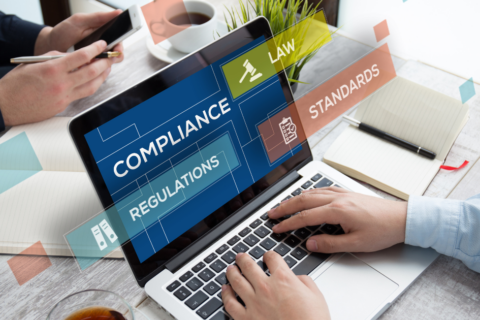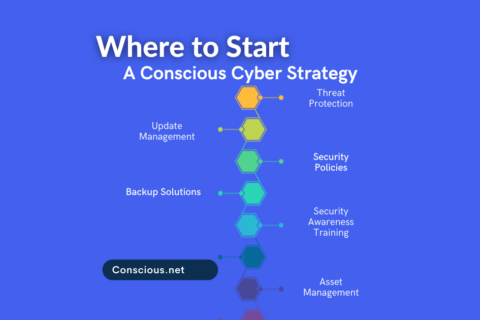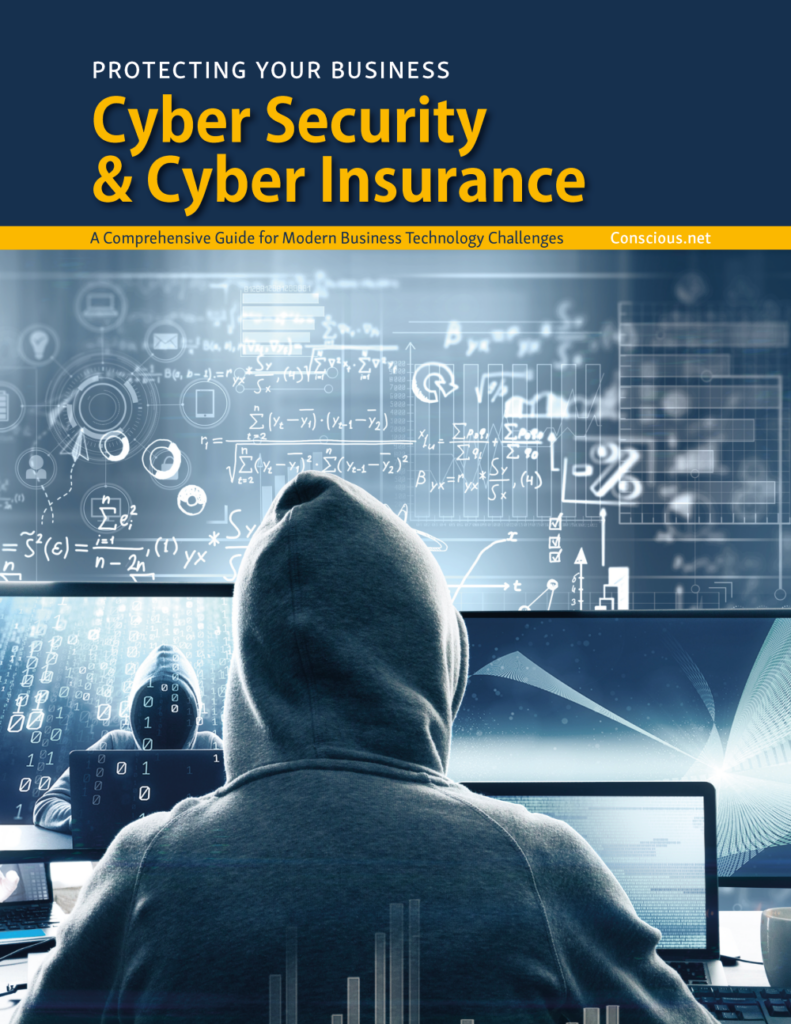How to Implement Multi-Factor Authentication For Cloud Applications
We’re all in the cloud. Our information, our data, our credentials, they’re all cloud-based. If you’re a business owner, you are most likely relying on the cloud for about 80 – 90% of your business interactions. Unfortunately, cyber criminals know this too, and their attention is focused on where the most data is – which can be really risky if your data is in the cloud. Luckily, there’s a solution. Multi-Factor Authentication (MFA) is one of the most effective weapons against this pervasive threat. Let’s discover how and why multi-factor authentication can work well for many cloud applications.
Multi-Factor Authentication (MFA) To The Rescue
According to a recent survey taken during an 18-month period, 79% of companies have experienced at least one cloud data breach. More alarmingly, 43% have reported ten or more violations in that same period. And when 92% of organizations are hosting at least a few of their IT environments in the cloud, most businesses today have experienced a breach.
The mass popularity of the cloud has attracted unwanted attention from criminal hackers. They are now focusing their efforts on data in the cloud. Hackers can easily trick someone with a valid username and password into disclosing their credentials through a phishing attack. The traditional way of authenticating users through usernames and passwords isn’t cutting it anymore. MFA is a technique that requires additional factors, aside from usernames and passwords, to verify authentication for active directories, cloud applications, etc. There are generally three categories incorporated into MFA.
- Something You KNOW – This refers to a PIN, pin code, or other knowledge-based passwords. It also refers to the backup codes and the security questions when you don’t remember the pins and passwords. This is the traditional 2FA method, and while it is not advisable to use alone, it should be incorporated with the other factors to ensure sufficient security.
- Something you HAVE – This refers to a physical thing you have – A debit card, credit card, and most importantly, physical forms of ID. As much as we are almost entirely reliant on digital transactions, physical proof of ID and association with your account is necessary. The presence of something you have and something you know is a well-established form of MFA, which we’ve all been familiar with for many years – A debit card and pin. Today, MFA might incorporate another layer of security to make that transaction even more secure. Also, with fewer people using ATMs and more people performing online transactions, this form of MFA is dated and often irrelevant.
- Something you ARE – Biometrics has become a vital element in MFA methods. They refer to your facial structure, fingerprints, speech patterns, handwriting, or retinal shape. Anybody using a baking app for the last couple of years would have noticed the adoption of biometrics into the security matrix of the apps. In this case, you might need to use your google login and password, a fingerprint login, and quite often answer a couple of password completions or security questions to log in.
MFA is a security game-changer for businesses. So let’s take a look at some of the benefits.
Benefits of Multi Factor Authentication
1. Provides More Layers of Security Than 2FA
2FA refers to the verification using a login and password. Unfortunately, 2FA is virtually useless for sensitive cloud-based information, and MFA offers several extra layers to protect data. Google Authenticator, Time-based One Time Password (TOTP), and a host of other MFA options add extra protection, giving businesses peace of mind when exposing sensitive information in the cloud.
2. Consumer Identity
MFA is also an essential tool for protecting consumer data from the imminent threat of identity theft. When companies use this, the traditional username and password login security are supplemented by an additional layer of protection. For example, cybercriminals attempting to crack TOTP will have a more significant challenge since it is sent via SMS or an automated phone call.
3. Regulatory Compliance Requirements
Many government contracts, health-care and financial industries require multi-factor authentication for compliance so implementation of it can tick many boxes for specific industry regulations. For example, PCI-DSS requires MFA to be implemented in specified scenarios to prevent unauthorized users from accessing systems. MFA has become a practical and regulatory norm, and compliance is functionally beneficial and standard to ensure credibility.
4. Easily Implementable
Multi-Factor Authentication is, by definition, non-invasive. Organizations can implement it with very little interference, and consumers are so used to it that it will barely create any barrier to adoption. MFA is essential for businesses to consider, especially in a cloud-based business environment. And while many companies do their research and go it alone, it is always better to consult with experienced tech solutions providers.
Conscious Networks can help you implement technology to enhance your business’ productivity and security. Ready to get started? Let us help you implement multi-factor authentication for your business, employees, and clients. Contact us today for a free initial conversation or chat!



